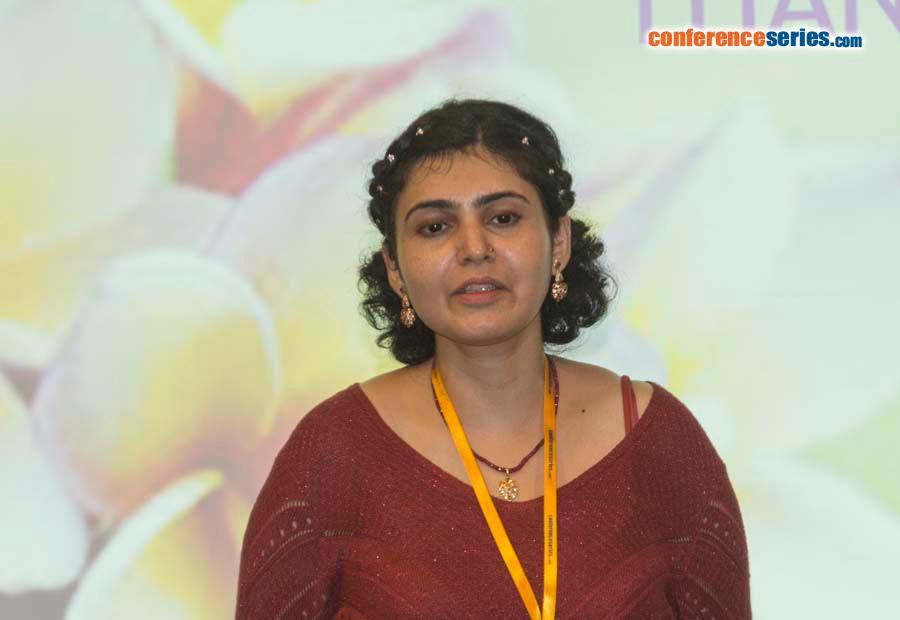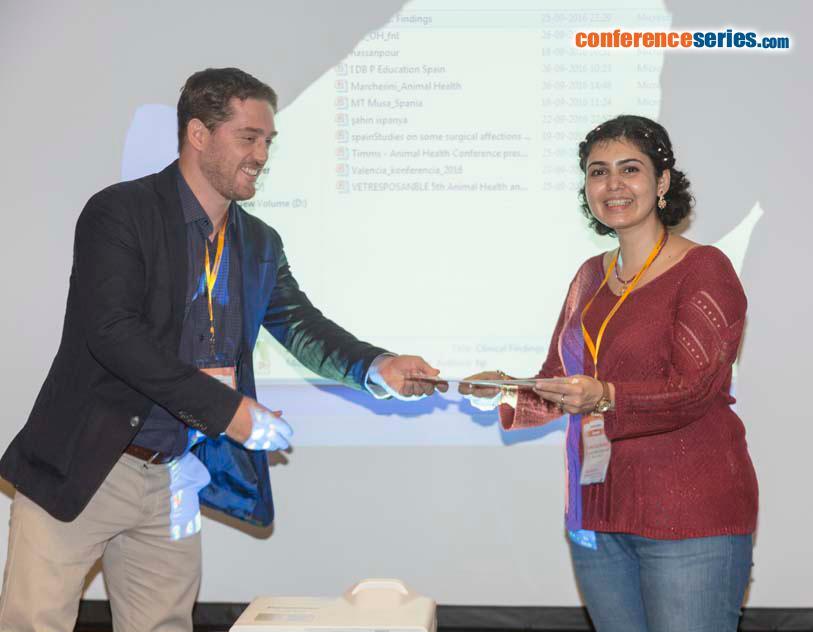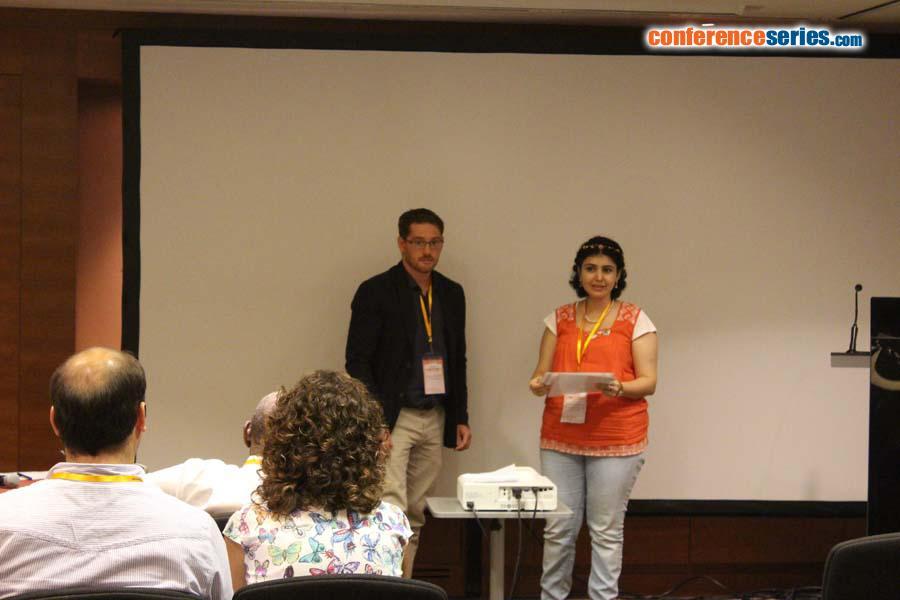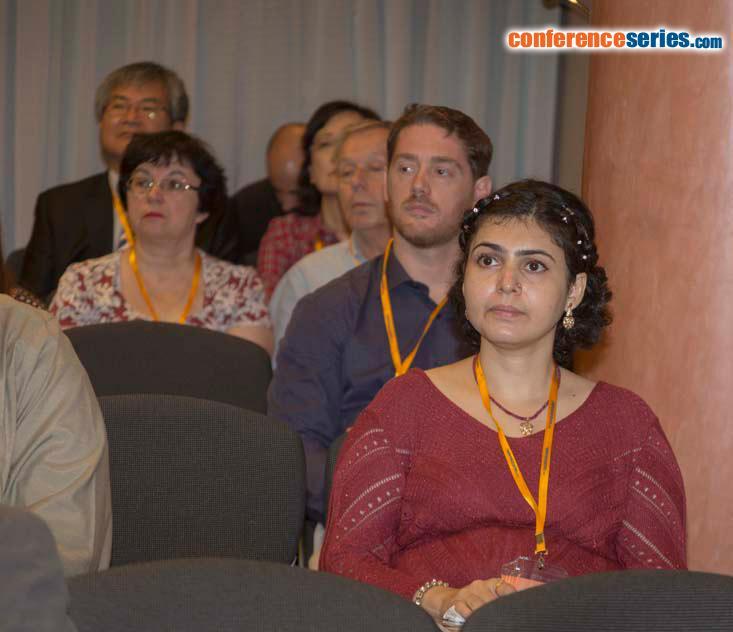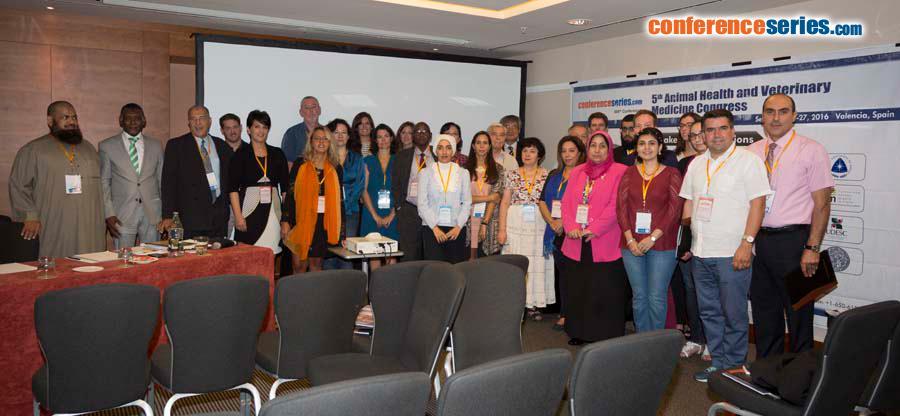
Shehla Gul Bokhari
Shehla Gul Bokhari, University of Veterinary and Animal Sciences, Pakistan
Title: Clinical findings in horses affected with tendinopathy and associated soft tissue injuries of various joints, from Lahore, Pakistan
Biography
Biography: Shehla Gul Bokhari
Abstract
The aim of the present study was to precisely diagnose and evaluate the percentage occurrence and severity of injuries to the tendons and other soft tissue structures in various joints in horses, in and around the Lahore city of Pakistan. 48 horses were included in the study and divided into three equal groups (n=16) i.e. Group A (race), Group B (polo) and Group C (draft-purpose) Horses. Each group was further subdivided into two equal sub-groups i.e. sound and unsound, with eight horses in each sub-group. Soft tissue structures from various joints including elbow, carpus, fetlock (fore and hind-legs), stifle, hock and flexor tendons were assessed in unsound horses on the basis of various clinical parameters, which included warmth, swelling, degree of pain, degree of lameness and range of motion, respectively. The results showed that warmth at the site of injury was significant (P≤0.021) in the race horse Group A only. Swelling was highly significant in all three groups, being more pronounced in the polo horse Group B (P≤0.000) and successively followed by the race and draft- horse Groups A and C (P≤0.002). Degree of pain (P≤0.001) and degree of lameness (P≤0.003) were highly significant for all three groups, equally. Range of motion of affected joints was however, highly significant for the race horse Group A (P≤0.001), followed by a significant reduction in range of motion of joints in the draft-purpose Group C (P≤0.022) and the polo horse Group B (P≤0.034), respectively. On the basis of statistical analysis and clinical findings, it was concluded that injuries were generally more pronounced in race horses (Group A) as compared to the other two groups.


